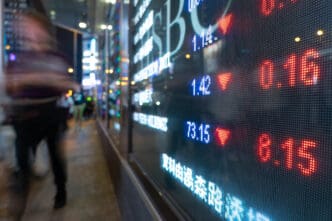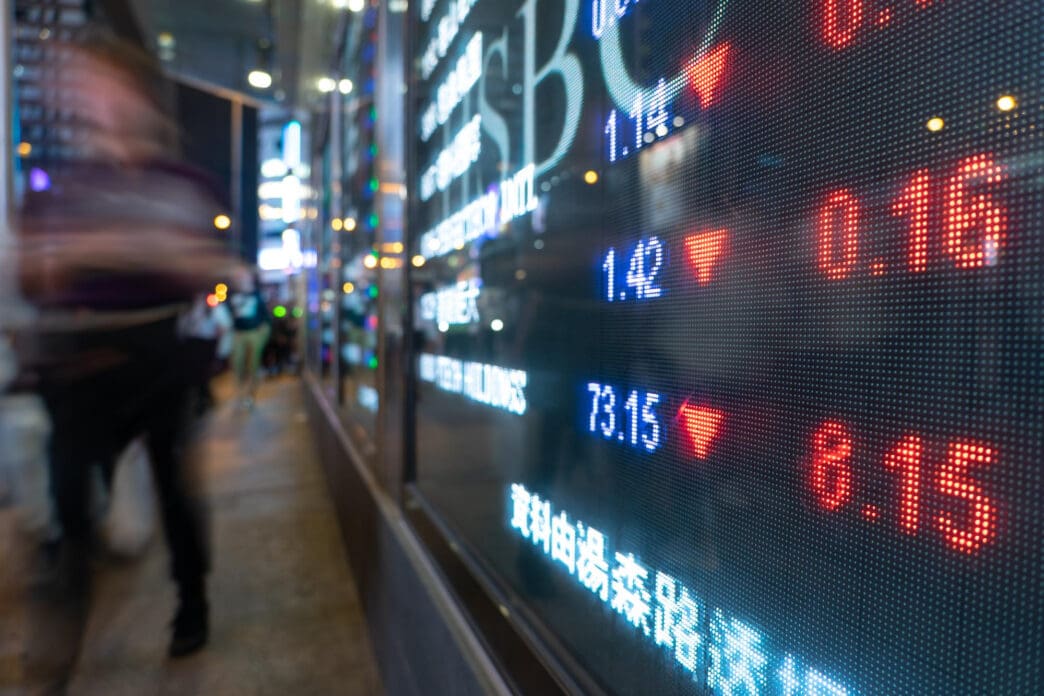Executive Summary
The Story So Far
Why This Matters
Who Thinks What?
Asian stock markets experienced significant declines on Monday amid escalating fears of a renewed trade conflict between the United States and China, after President Donald Trump threatened new triple-digit tariffs on Chinese imports. This escalation followed Beijing’s move to tighten control over rare earths, crucial minerals for technology production. However, Trump later hinted at de-escalation, leading to a rise in US stock futures.
Escalating Trade Tensions
President Trump’s threat to impose an additional 100% tariff on Chinese goods, set to begin November 1, would raise total duties to approximately 130%, effectively creating a trade embargo. This move came after Beijing tightened its control on rare earths, a group of critical minerals vital for electronics, automobiles, and semiconductors.
China’s restrictions, some of which take effect in November, followed a series of US export controls targeting China in late September. These actions occurred despite apparent progress in trade discussions between the two nations over the summer.
Market Impact Across Asia and US
Major stock markets across the Asia Pacific region reacted sharply to the renewed trade war fears. Hong Kong’s benchmark Hang Seng Index fell 2.4%, while China’s Shanghai composite index dropped 1.6%. South Korea’s KOSPI lost 1.5%, Taiwan’s TAIEX slid 2.3%, and Australia’s S&P/ASX 200 declined 0.5% in early trading, though losses eased later.
The potential impact of China’s restrictions extends significantly to East Asian economies like Japan, South Korea, and Taiwan, which are integral to the global tech, artificial intelligence, and auto supply chains. The Tokyo stock exchange was closed for a public holiday on Monday.
The rapid escalation of trade tensions also impacted US markets on Friday, with the S&P 500 and Nasdaq recording their worst day since April, and the Dow experiencing its steepest drop since May.
China’s Response and US De-escalation
Beijing responded on Sunday by vowing countermeasures if President Trump follows through on his tariff threat. China’s commerce ministry stated the country is “not afraid” of a trade war but called for further negotiations to resolve the issues.
The ministry defended its new rare earth rules as a “legitimate move” and attributed the latest escalation to the Trump administration’s restrictive measures against China, which were introduced within two weeks of recent trade talks in Madrid.
However, the Trump Administration later appeared to soften its stance. In a post on Trust Social, Trump stated the US “wants to help China, not hurt it,” adding, “Don’t worry about China, it will be all fine!” This comment, while lacking specific details, led to a rise in US stock futures on Sunday evening.
Dow futures were up 0.87%, S&P 500 futures rose 1.33%, and Nasdaq futures climbed 1.86% following Trump’s remarks.
Vance Weighs In
Vice President JD Vance urged China to “choose the path of reason,” while also emphasizing the US holds “far more cards” if Beijing opts for an aggressive response. Vance described the situation as a “delicate dance” that will heavily depend on China’s actions.
Outlook on Trade Relations
The recent developments underscore the volatile nature of US-China trade relations, with market sentiment closely tied to the rhetoric and actions of both nations. The interplay of tariffs, export controls, and critical resource restrictions continues to shape the global economic landscape, highlighting the ongoing efforts to navigate a complex geopolitical and economic relationship.








